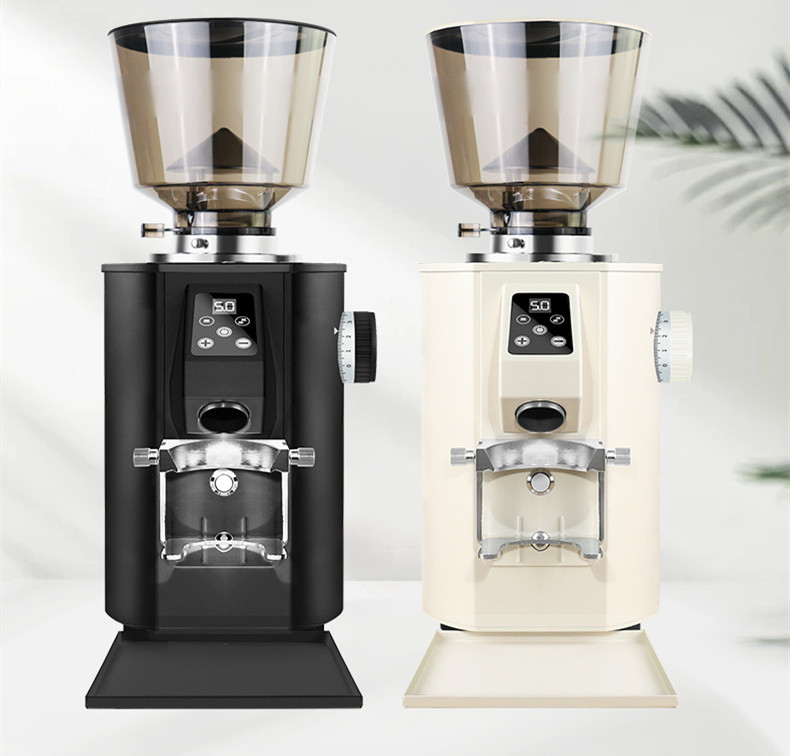When choosing an electric heating commercial coffee roaster, the following core points should be noted:
First, the performance of the heating system
Heating rate and stability: Electric baking machines need to have the ability to heat up quickly while maintaining temperature stability. Advanced heating elements such as multi-group carbon fiber quartz heating tubes can achieve rapid temperature rise and fall with small thermal hysteresis, ensuring a stable and uniform baking process.
Thermal energy conversion efficiency: Efficient thermal energy conversion can reduce energy waste and enhance baking efficiency. Choosing heating elements with high thermal energy conversion efficiency can reduce operating costs.
Second, design of heat transfer methods
Thermal convection optimization: By rationally designing the air ducts and fans, the hot air circulates evenly to ensure that the coffee beans are heated evenly. Thermal convection plays a dominant role in the baking process, and the ability to regulate air flow needs to be given special attention.
Synergistic heat conduction and heat radiation: The drum design can enhance the heat conduction effect, while supplementing heating with heat radiation to improve the uniformity of baking. Attention should be paid to the material of the drum and its heat preservation performance to ensure that the heat is concentrated and transferred.
Third, the accuracy of the temperature control system
High-precision temperature control: The PID precision heating method can achieve precise temperature control, avoiding overbaking or underbaking. Attention should be paid to the response speed and regulation accuracy of the temperature control system.
Temperature monitoring and recording: Equipped with real-time temperature monitoring and recording functions, it can observe the temperature changes during the baking process at any time, facilitating the adjustment of the baking curve.
Fourth, ease of operation and maintenance
Human-computer interaction design: An intuitive operation interface and clear parameter display can reduce operation difficulty and improve work efficiency. Attention should be paid to design details such as the touch screen and button layout.
Convenience of cleaning and maintenance: The baking machine should have a structure design that is easy to disassemble and clean, facilitating daily maintenance and upkeep. Attention should be paid to the difficulty of cleaning components such as rollers and air ducts.
Fifth, safety and environmental protection performance
Safety protection mechanism: Equipped with emergency safety devices, such as manual bean feeding function in case of power failure, it can prevent coffee beans from being overheated, ensuring roasting quality and operational safety.
Environmental protection design: Electric heating roasters do not require fuel combustion, which can reduce carbon emissions and the release of toxic gases, meeting environmental protection requirements. Attention should be paid to environmental protection functions such as electrostatic dust removal.
Sixth, baking capacity and scalability
Capacity matching requirements: Select a roaster with an appropriate capacity based on the scale of the coffee shop and the volume of roasting. Attention should be paid to the single baking volume and the continuous baking capacity.
Expandability and compatibility: The roaster should have flexibility in parameter adjustment, such as heat, damper, and speed, to meet the roasting requirements of different coffee beans. Attention should be paid to the expansion interfaces and compatibility of the equipment.


